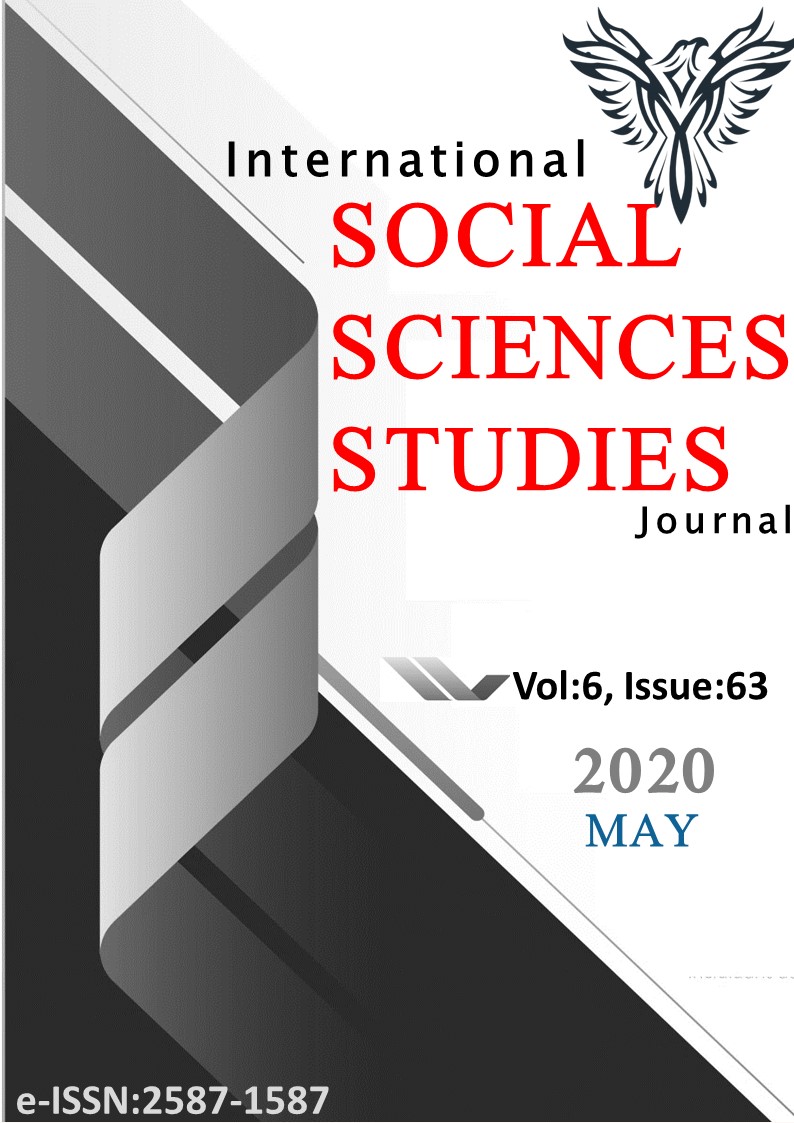Author :
Abstract
Makale, icracılık sorunlarının geniş yelpazesini kapsayan, icracı ile saksafon enstrümanı için eserler yazan besteci yaratıcılığı arasındaki etkileşimin yönlerini tanımlamak için çalışılmıştır. XX. yüzyılın müzik performansında saksafonun teknik ve ifade imkanlarının özgüllüğünün ve kullanım derecesinin gerekçelendirilmesi, sonat türünün temelinde mümkün hale gelmiştir. Sadece besteci düşüncesinin özelliklerini değil, aynı zamanda saksafon üzerinde performansın ana eğilimlerini de yansıtan birçok parlak eserler ortaya çıkmıştır. Saksafon için icra performansı ve besteci yaratıcılığı arasındaki etkileşim açısından, sonat türünün oluşumunun tarihsel aşamaları, özellikleri, tür stili değiştirme süreçleri ve sınıflandırma kriterleri analiz edilmiştir. Bu enstrüman için tipik performans olasılıklarının yanı sıra saksafon için sonat türünün evrimsel gelişimindeki tarihsel ilerlemesinin bir açıklaması verilmektedir.
Keywords
Abstract
This article deals with the aspects of the interaction between such a complex and multifaceted phenomenon as a "performance school" and composer's pieces for a saxophone. Performing school is a kind of phenomenon which covers a wide range of performing and pedagogical problems. The sonata for saxophone as a genre has become a kind of indicator that reveals artistic and technical possibili¬ties of the saxophone. Analyzing this genre, it is possible to observe a large num¬ber of original works, which reflect all the specific trends describing the music art of the twentieth century. The sonata reflects both the peculiarities of the com¬poser's way of thinking and allows considering main techniques of using artistic and technical capabilities of playing a saxophone in this period. Paying attention to the interaction of performing schools and composing art for saxophone the author of the article analyzes historical stages of sonata formation as a genre, its main features, processes, genre-style modifications and some criteria within classification. The author provides an overview of typical performing features of the saxophone and their characteristics. Moreover, the analysis of these pro¬cesses makes it possible to consider not only the evolution of the sonata genre, but also to follow historical trends and saxophone performing school.
